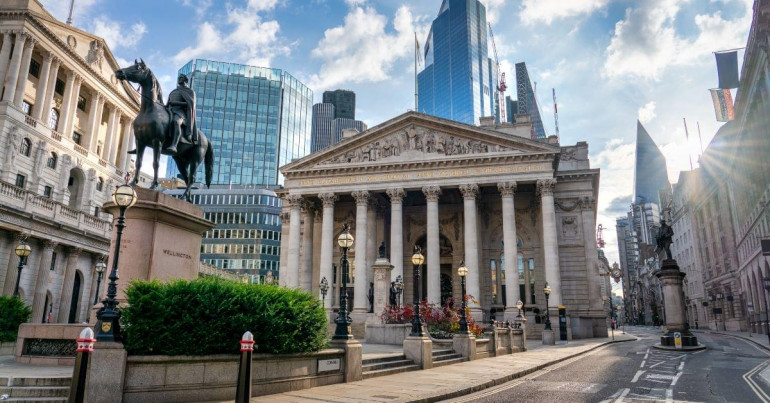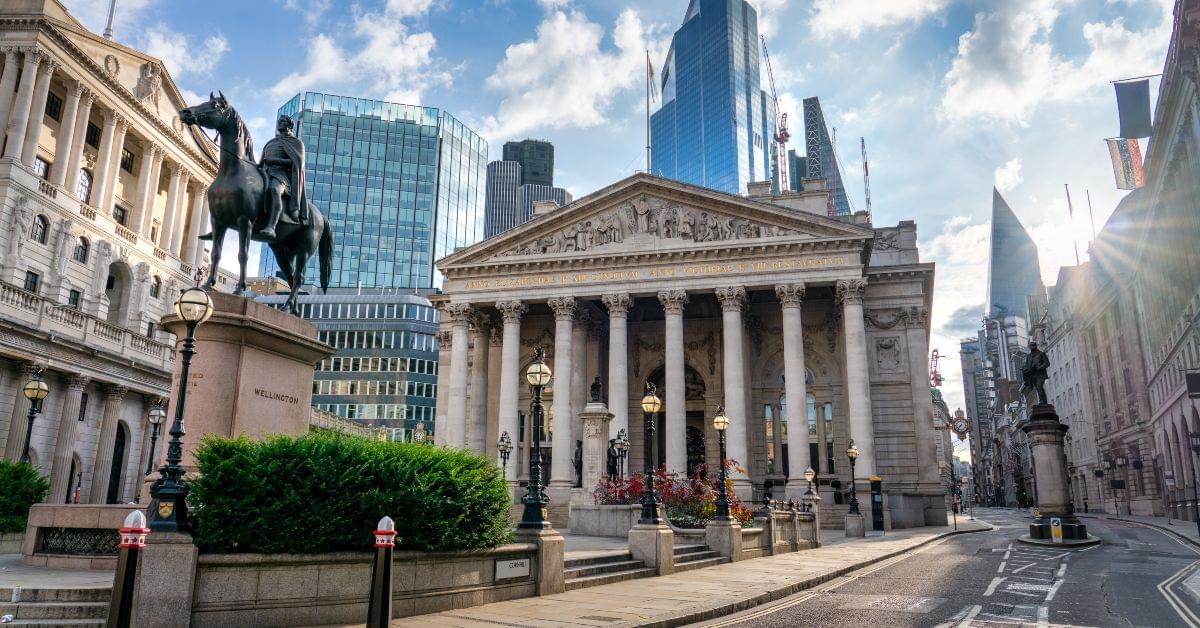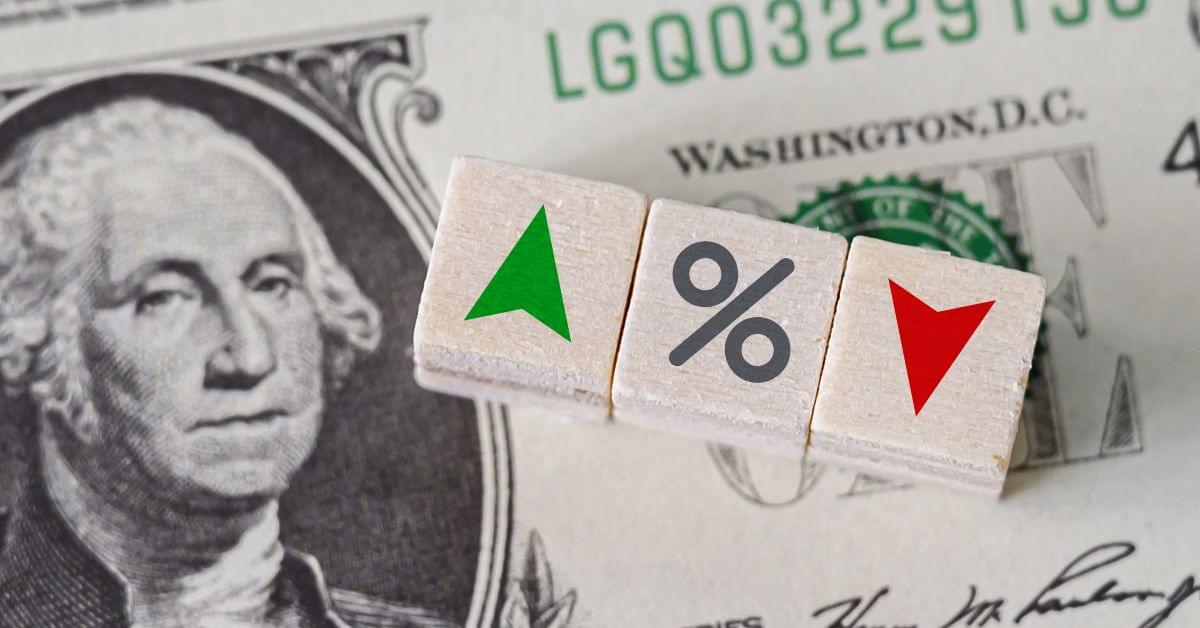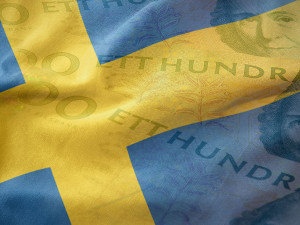
Central banks are some of the world’s most powerful financial institutions and can have a significant impact on the FX markets. That said, they don’t set foreign exchange rates – that’s decided by the markets – so how do they have so much influence?

What is the role of central banks?
Before we dive into the specific ways they can influence the FX markets, let’s take a moment to look at what central banks actually do. They’re not the same as banks where you or I would store money or take loans. Instead, they manage the currency and monetary policy of their particular jurisdiction.
In practice, this means they control the money supply, set official interest rates (more on that in a moment), act as the government’s banker and lender and often also look after regulation of the wider banking industry.
Most central banks are responsible for a single country, such as the Bank of England, which is the world’s oldest and looks after the UK. Perhaps the most influential of this kind is the Federal Reserve in the United States.
Others look after a wider currency union, such as the European Central Bank (ECB) which is responsible for the Eurozone.
Most central banks are officially independent from partisan political frameworks, with notable exceptions such as the People’s Bank of China. This means that they’re not responsible for financial policy outside of monetary areas; trade, for example, is an area that falls under a government’s economic remit and not that of a central bank.
How do central banks cause fluctuation in the FX markets?
You’ll have seen in their list of responsibilities that central banks do not set exchange rates. However, they still have a big impact on the FX markets through other actions that can increase or decrease investors’ confidence, causing them to buy or sell a particular currency. This in turn pushes demand up or down respectively, and the exchange rate will often follow. Here are some of the ways this can happen:
Changing interest rates
We’ve all seen this in the news recently as central banks around the world have begun raising interest rates to combat inflation. Generally speaking, as interest rates rise, the relevant currency will be more attractive for investment as it should provide higher returns – so we will often see greater foreign capital inflow and a strengthening of that currency.
However, in times of economic uncertainty, this can also be tempered by fears that interest rates are being raised due to further difficult times ahead. When the Bank of England most recently announced another rate hike, worries over issues further down the line meant the pound struggled to extend its gains.
Maintaining a currency peg
As we said, central banks don’t set the FX market rates, but the closest they can come is by maintaining a currency peg. A number of countries do this with the US dollar, whereby the central bank works to maintain its currency’s value within a narrow range of the dollar by buying and selling foreign reserves. Even then, they don’t set the precise rate, but they work with market sources to maintain it in a narrow margin.
Controlling circulation and foreign reserves
Another key way in which central banks can impact foreign exchange rates is by their control of both their own currency’s circulation and of foreign reserves.
If a central bank perceives that its currency is falling in value too fast, it may step in to try to reduce liquidity by reducing the supply available of its currency. This theoretically helps to push up demand, which may help to slow the rate of depreciation or even reverse the trend with time.
Likewise, central banks will normally hold a certain number of assets in a foreign currency, usually known as foreign reserves. This could be deposits, treasury bills, bonds, or any other form of asset. China, for instance, is said to hold over $3 trillion of assets in US dollars.
These can be used by the central bank to help stabilise the FX markets if their own currency rapidly devalues – or the opposite. The bank can, for instance, use those foreign reserves to buy or sell its own currency, depending on which way it wants the rates to go.
Rumours of policy setting
Perhaps the most difficult-to-predict factor on the FX markets is the problem of rumours and hearsay. Naturally, investors look to try to stay ahead of the markets, which means they try and second-guess where influencers like central banks will move in the future.
For example, in early March, we saw the pound fall against the dollar over concerns about the Bank of England’s rate hikes not keeping pace with the Federal Reserve’s. At the same time as the Fed’s Jerome Powell struck a hawkish note, the BoE’s Catherine Mann, a member of the Monetary Policy Committee, spoke of her concerns for the pound’s vulnerability – a combination of events which ignited worries among some investors.

Can we predict central banks’ actions?
Here lies one of the biggest problems for anyone with exposure to the FX markets. There is an inherent element of unpredictability, both in what the central banks will do and in how the markets will respond to them. We can often make a good, informed forecast of when a central bank will raise interest rates at the very next session, but this is not guaranteed, and becomes much more difficult across a longer period of time. None of us knows for certain, for example, when the current spree of rate hikes will come to an end.
Likewise, sometimes relatively small statements can send jitters through the markets, as we saw above. Other times, like the prospect of interest rate hikes in the US this month, will sometimes already be priced in and we see little impact.
The biggest takeaway then is that the FX markets are easily impacted but predicting the consequences with total certainty is impossible.
That’s why it’s so crucial for any business or individual who sends or receives money across borders to have a currency risk strategy in place, such as using a forward contract to lock in the same exchange rate for a set period of time – no matter what the live markets do. Find out more about how this works on our dedicated page and don’t forget to subscribe to our newsletter to be best informed about what’s going on in the world of FX.
Alexander Fordham
Alexander is a writer specialising in foreign exchange and finance for companies with cross-border exposure. He’s written on topics including currency risk, international taxation and global employment for seven years. You can find him out hiking, travelling and working from Spain in the sunnier months.



